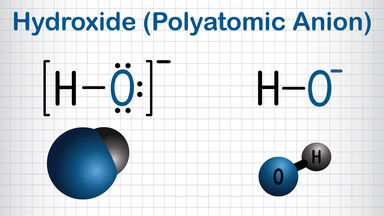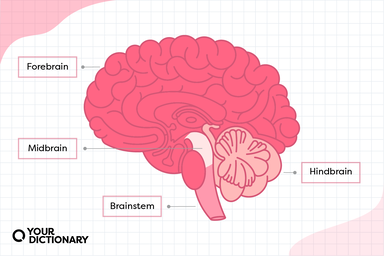The metals may be arranged in a series according to their power of displacing one another in salt solutions, thus Cs, Rb, K, Na, Mg, Al, Mn, Zn, Cd, Tl, Fe, Co, Ni, Sn, Pb, (H), Sb, Bi, As, Cu, Hg, Ag, Pd, Pt, Au.
They have also formed in this way certain alloys of definite composition, such as AuCd 3, Cu 2 Cd, and, more interesting still, Cu 3 Sn.
Thus, a number of copper-tin alloys when digested with hydrochloric acid leave the same crystalline residue, which on analysis proves to be the compound Cu 3 Sn.
For example, the compound Cu3Sn is not indicated in the freezing-point curve, and indeed a liquid alloy of this percentage does not begin to solidify by the formation of crystals of Cu 3 Sn; the liquid solidifies completely to a uniform solid solution, and only at a lower temperature does this change into crystals of the compound, the transformation being accompanied by a considerable evolution of heat.
Magnified 4 times, cu cuneus.





